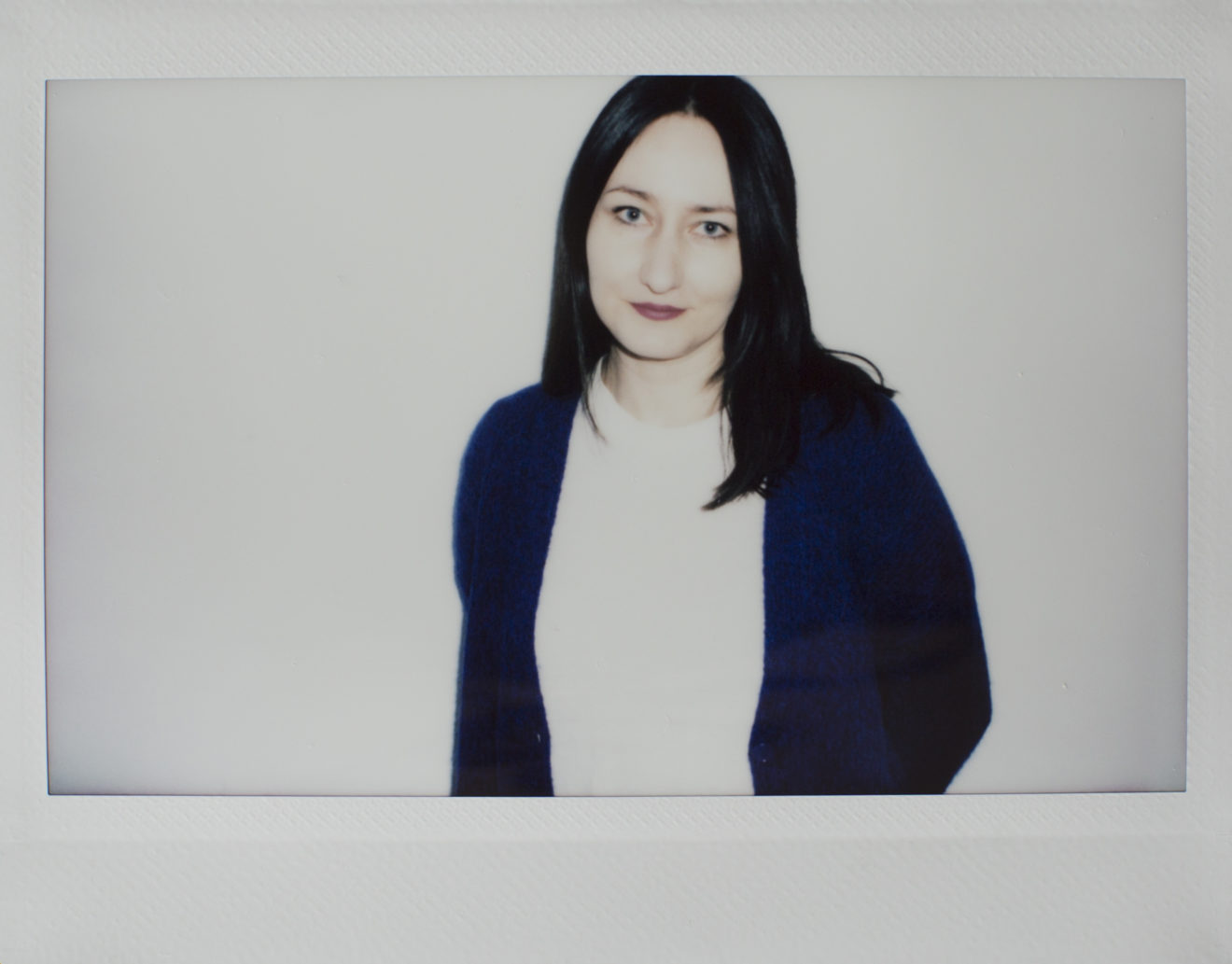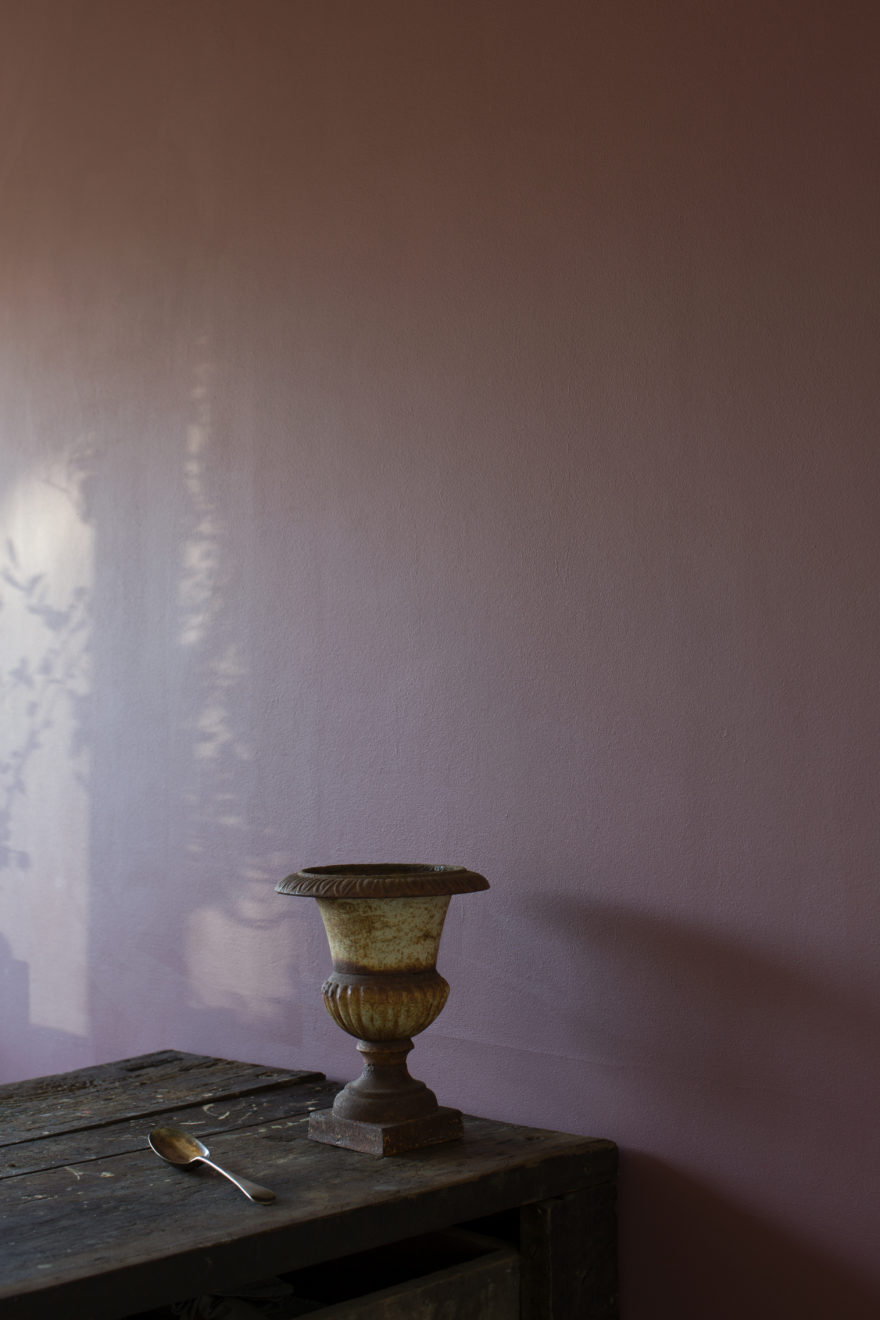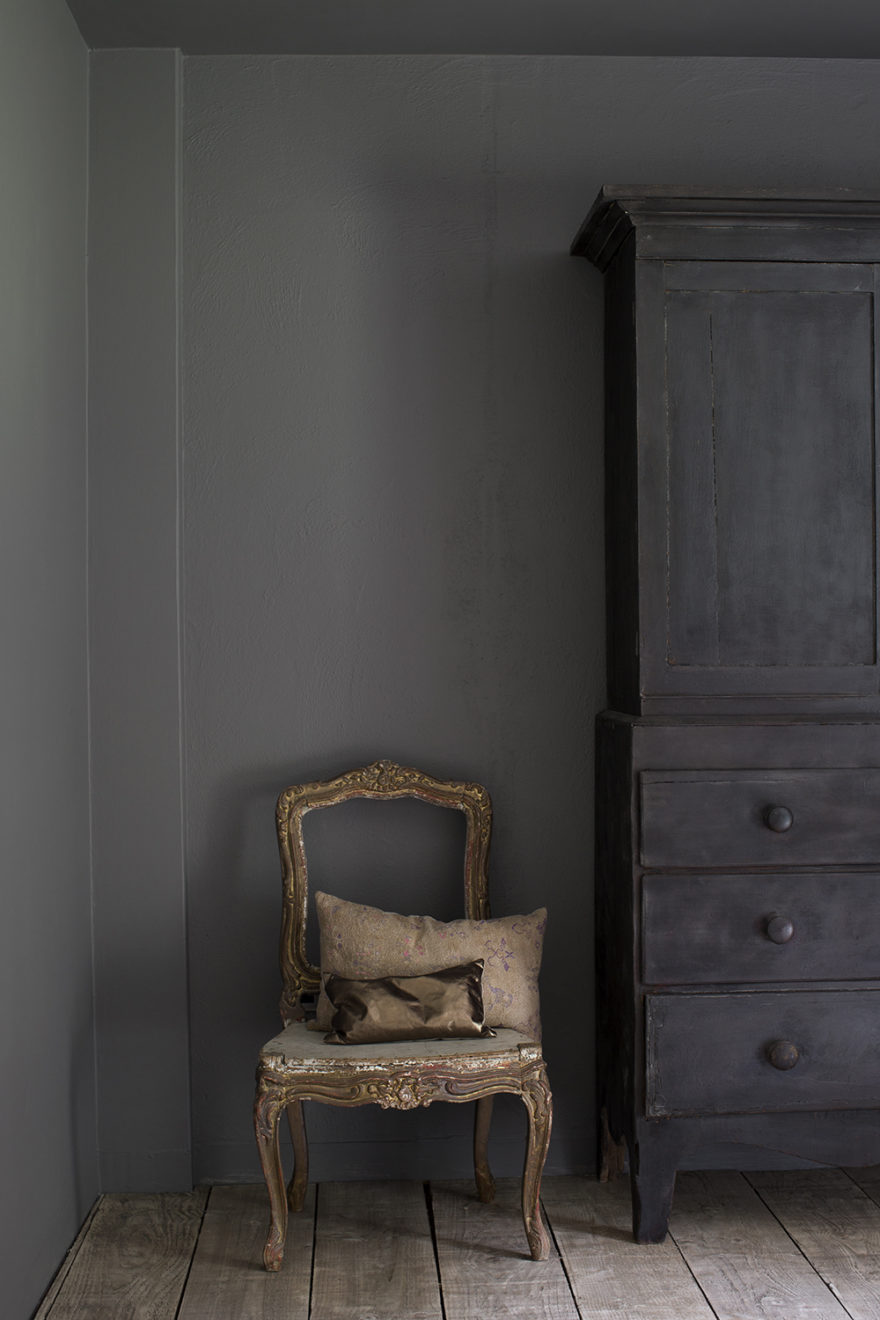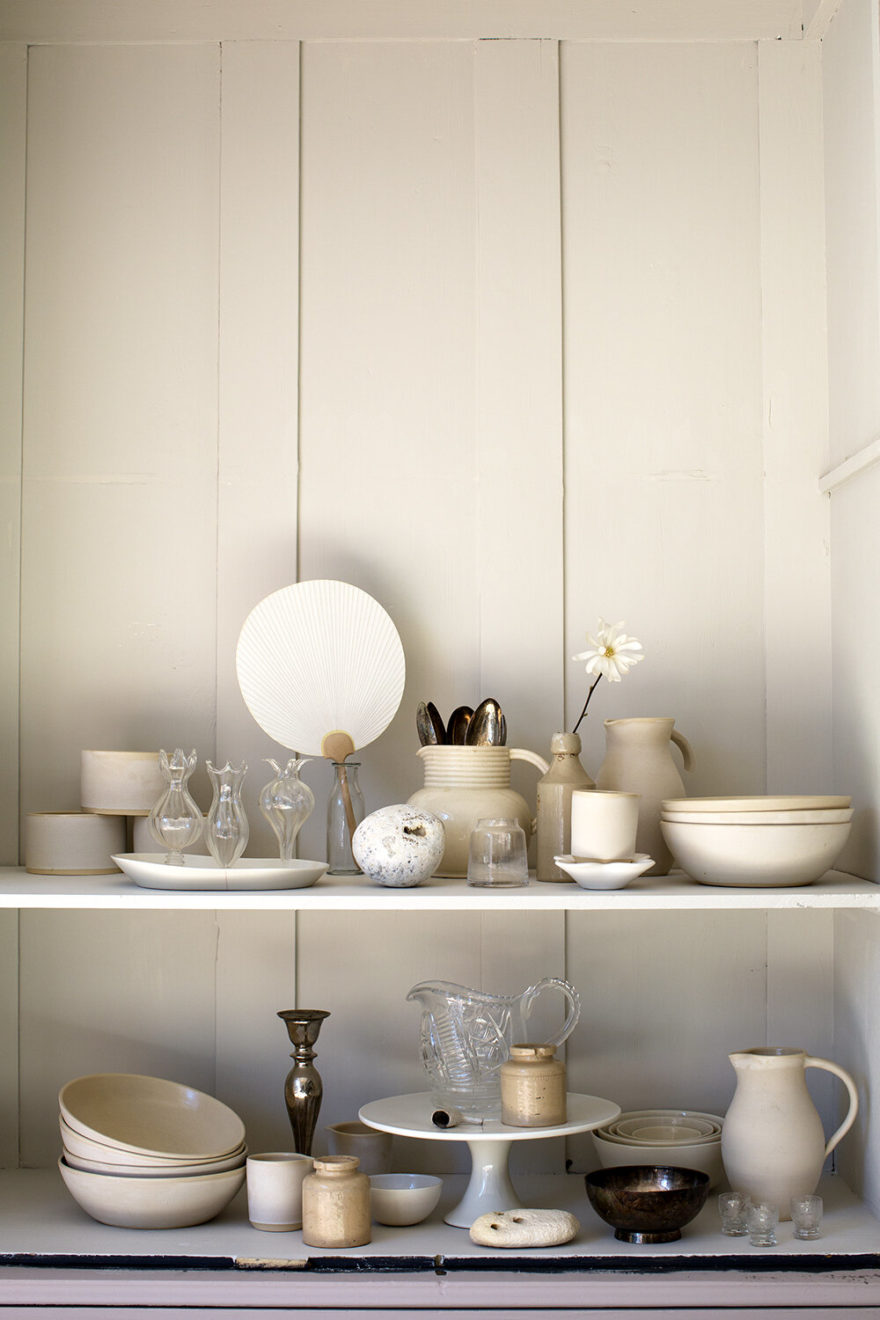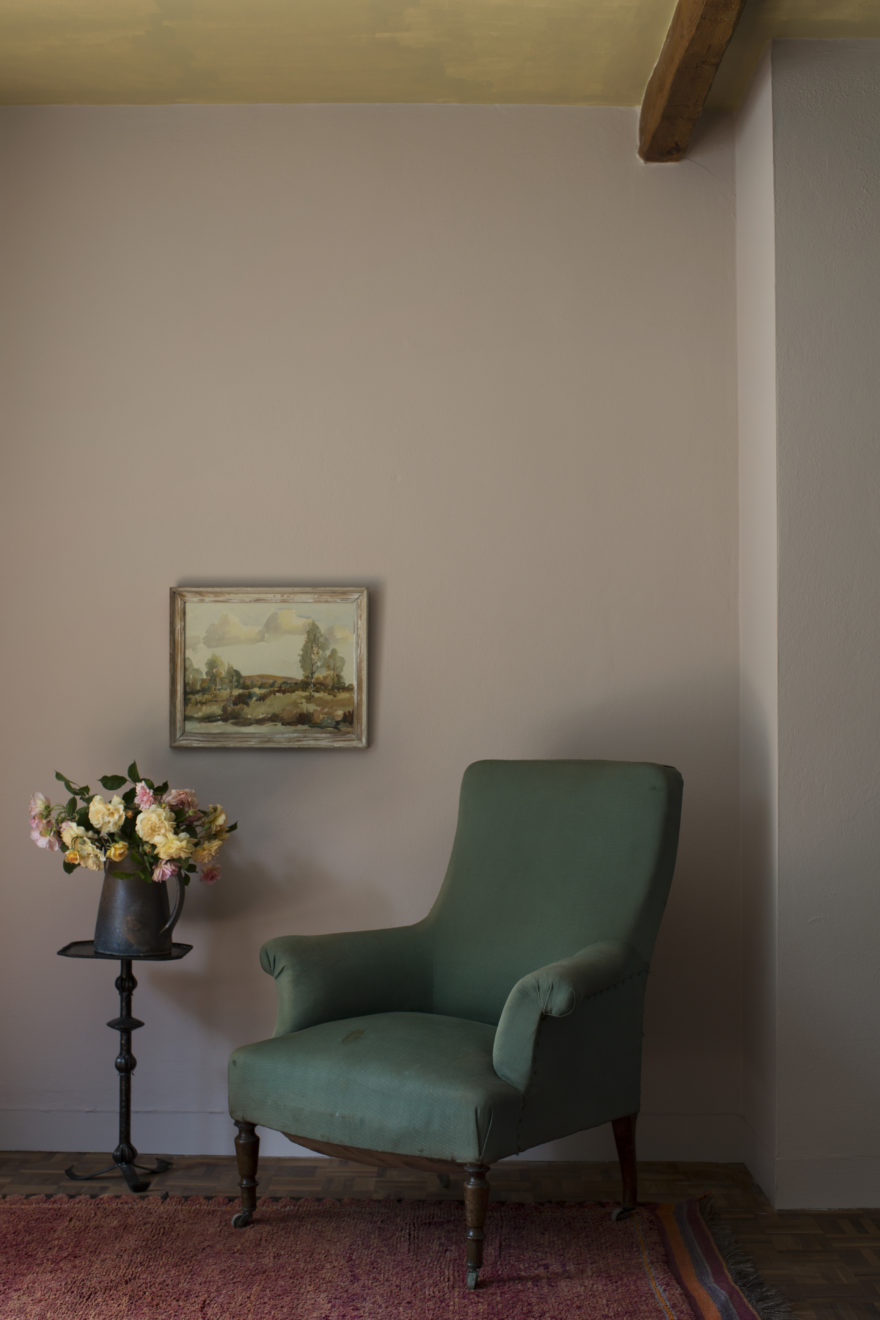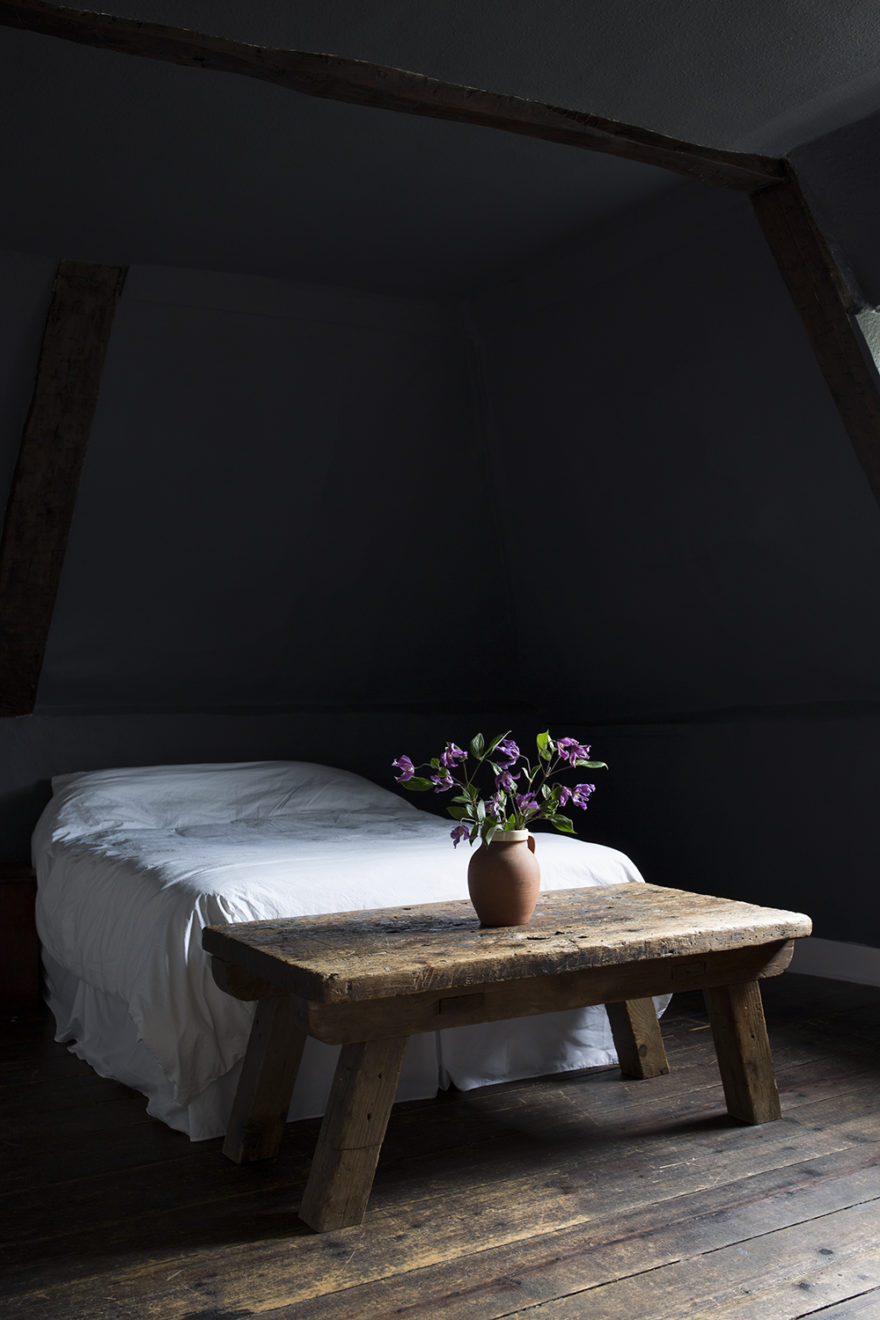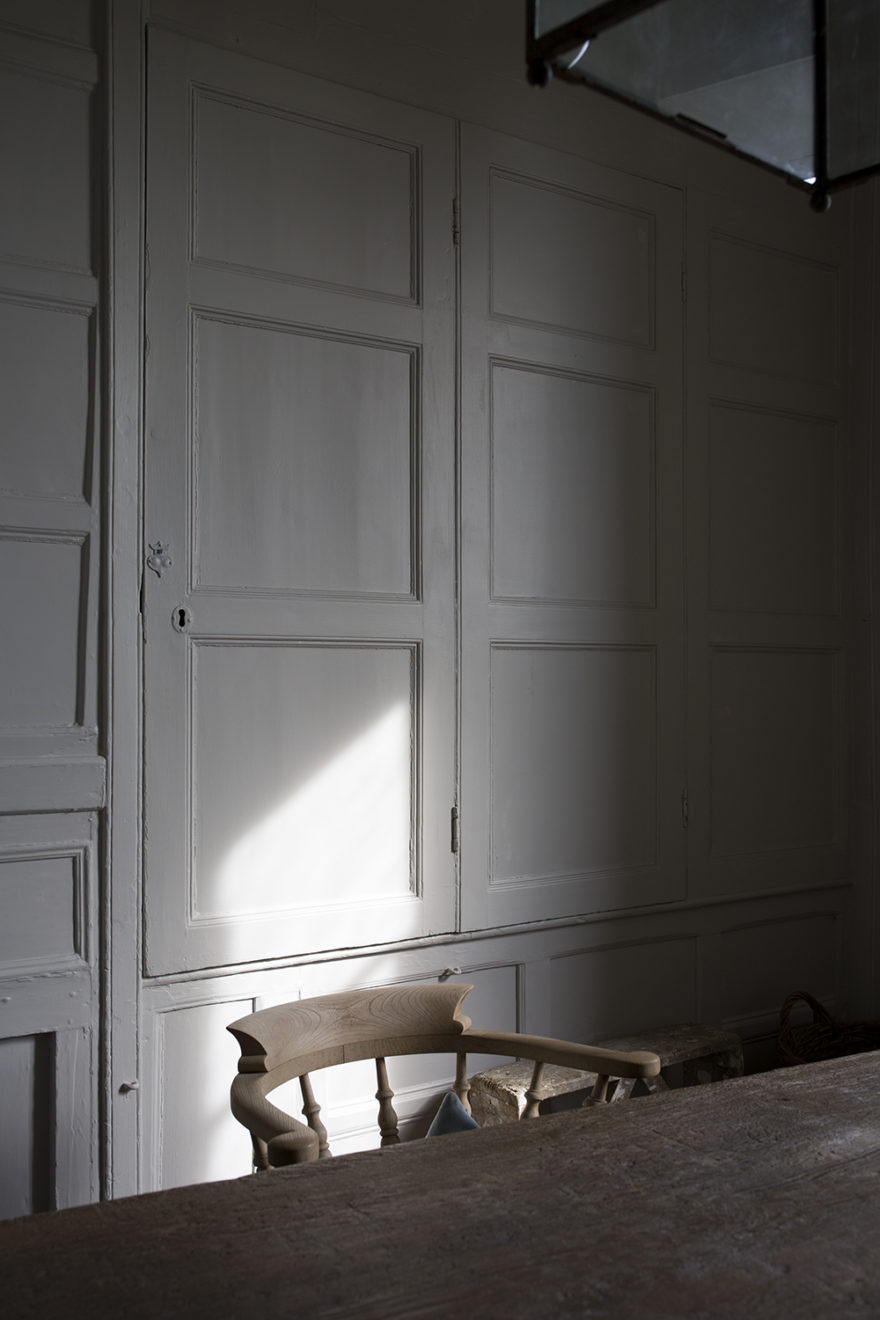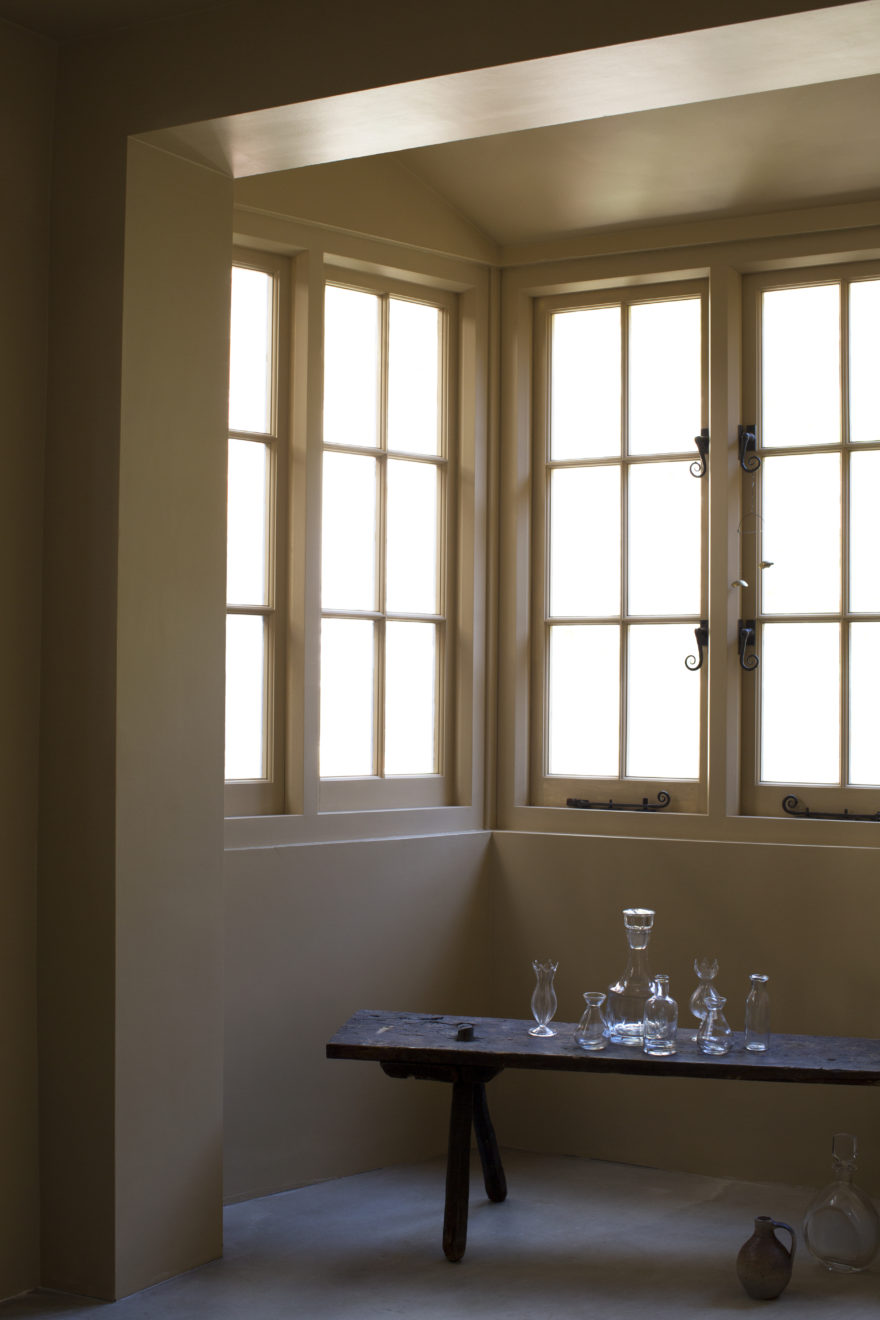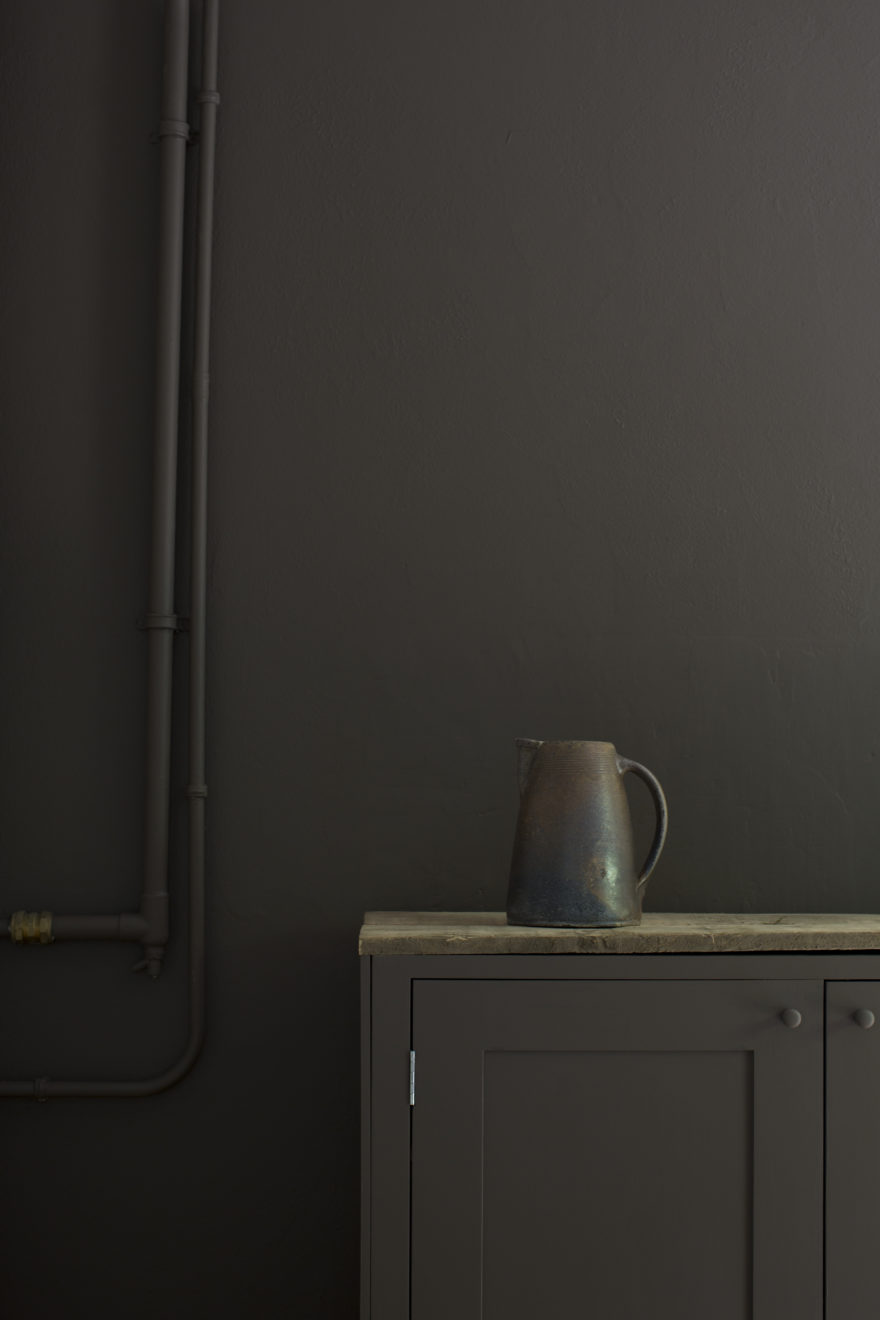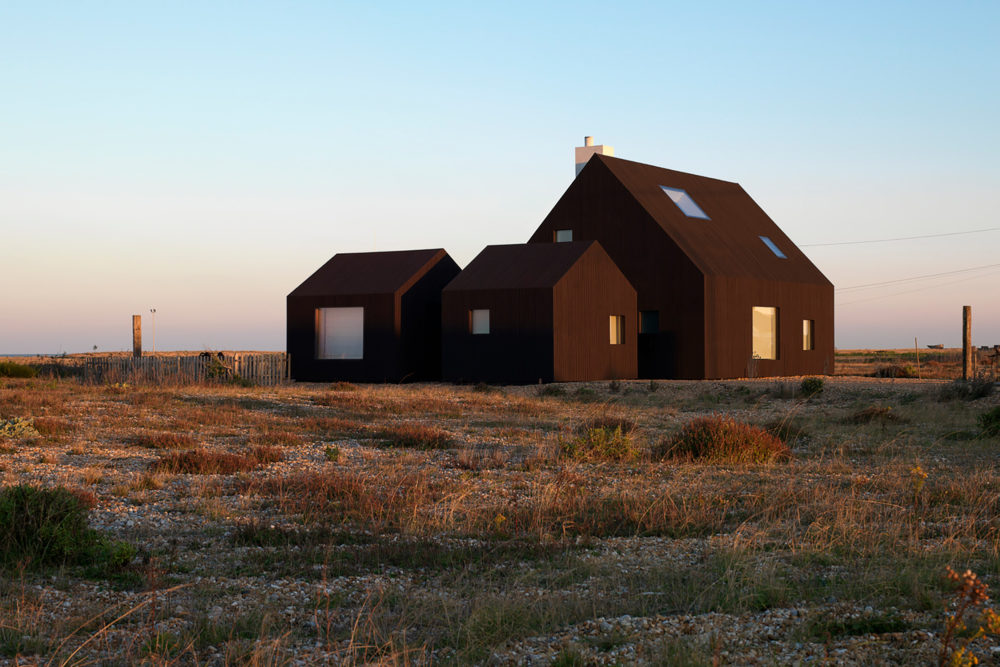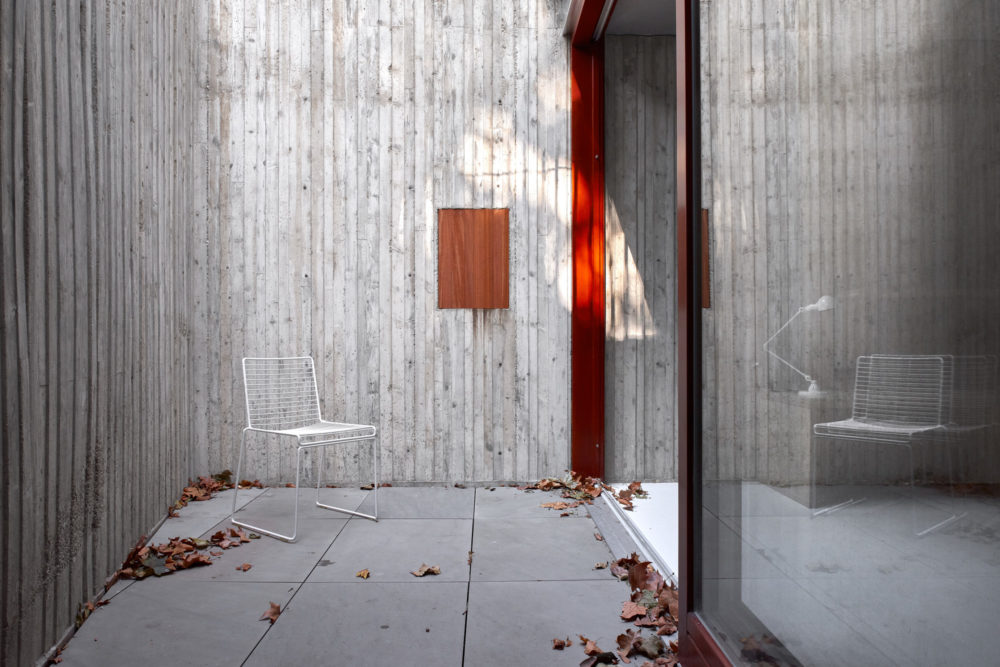Kalina Krawczyk
Growing up in Poland, Kalina Krawczyk dreamed of becoming a painter, until she stumbled across a photography course on a trip to the UK, and ended up with a life and work in England. Her medium might be the photograph, but her interest in painting is prevalent in her work. We chat to Kalina about her distinct style of photography to discover more about her creative process and what inspires her.
I was always interested in photography but never thought about it as a potential career choice. I was about to start my English degree at a University in Poland, where I grew up, so I came to the UK for a couple of months to improve my language skills. One day, I drove past the University of Suffolk, which was holding an open day event and on my way in I picked up their photography brochure. I didn’t think I actually had a chance of getting in, but I managed to put together a portfolio and a friend of mine introduced me to a local photographer, who very kindly helped me to prepare for my interview. It all seems a little surreal looking back, but somehow deep down I knew I was where I needed to be. I got offered a place two days before my return flight home.
Living in a different country was really hard to start with, and as it turned out my English wasn’t as good as I would have hoped. There are quite a few people who I will never be able to thank enough for helping me on my journey. However, the fact that it was all new to me, wasn’t all bad – everything was so exciting at that time! I would spend hours in the studio, trying out different equipment and enjoyed working on creative briefs. The first time I walked into the darkroom and processed my very first roll of film… It was magic.
So many… When it comes to still life, Irving Penn is my all time favourite photographer. Hiroshi Sugimoto’s Seascapes have always had great influence on me. They make me feel calm but deeply emotional at the same time. Francesca Woodman’s work is very close to my heart. I find the energy between her and her surroundings so strong and fascinating. Jan Svoboda, for the beautiful work but also interesting approach to photography as a medium. Viviane Sassen for the use of colour and abstract compositions. I also admire Amanda Rodriguez’s creative work. Kasia Gatkowska – interior photography. Francois Halard, Jamie Hawkesworth, Derek Henderson… I could go on and on.
Maybe because I always wanted to be a painter, I naturally see and compose my frames that way. I studied the history of Dutch still life painting closely whilst I was working on my degree project. Particularly how it influenced contemporary still life photography. I love how you can tell a story through the composition and symbolism of objects, the energy between them, but most important, is the use of light. You can make the same composition feel very soft, calm and quiet but use stronger, sharper light and it tells an entirely different story. We did look back to artists such as Giorgio Morandi or William Nicholson, whilst working on various still life projects with Atelier Ellis.
I try to! But because I am naturally drawn to still life compositions, as much as I’d like to treat the two somehow differently, the results always speak for themselves. What I like about working with still life is being in full control of every detail. The ability to create a narrative. When shooting homes, I like to let the rooms tell me their own story and I don’t like to interfere too much. I am most concerned about light, how it moves around and how to capture a scene that makes the best use out of it. I approach interiors as if I was taking their portraits. I also work better with places I haven’t seen before, so I rarely plan the shots in advance. When the place is new to your eye, you experience it in a completely different way. It’s like someone’s showing you around their house for the first time and I follow them with my camera. I am their guest, a quiet observer getting to know the place, and I take the viewer on that journey with me.
Most of the time, yes. It’s softer, feels more natural, and gives a certain quietness to the image. It feels more human as well and that can’t always be replicated however, it is much more challenging than using artificial lighting. You need to consider the weather, season of the year, location etc. – all of those factors have a huge impact on the shoot. You also need to be mindful that it constantly changes throughout the day, which in a way makes you more thoughtful about each shot you take. Sometimes, I walk in and I know I need to hurry to catch that crisp morning light before it’s gone. On the other hand, some frames may work better in the late afternoon light, so I take that risk and go back to it. It’s the light leading you around the house, not the other way around, but that can be very rewarding and inspiring.
I have always been very aware of colours and how I respond to them emotionally. When I was growing up, my mum would repaint the rooms often and we would always discuss how the colours made us feel. Whether they made as happier, calmer or more joyous. Looking back, it’s interesting to see how the colour choice was influenced by what was happening in our life at that time. Working with Atelier Ellis and our long discussions on colour made me think about that more. I am also fortunate to hear the stories of what inspired each colour creations first hand, and there are the most beautiful and inspiring stories behind them. The way we shoot the colours is based on how the colour feels, rather that what it looks like. We also strive to create unexpected colour combinations – that’s definitely something I have learned and try to carry through my work.
I don’t think I could call my work architectural at this point. My frames are more like still life compositions rather than room shots. I focus mainly on the feeling of the space, not so much on the architectural details of it. However, it is something I would like to work on and explore in the future. I have recently become more interested in the architectural forms, lines and structures, so I’d like to challenge myself to that and see where it takes me.
Charleston House!
Again, so many to choose from. Must be Joe by Hiroshi Sugimoto and Jonathan Safran Foer. It was one of the first photobooks that made such a big emotional impact on me. Sugimoto’s photography complimented by a poem, together telling a story about a circular passage of time. A beautiful experience as you flick through the pages.
I would say don’t follow the commercial trends but try to find your own signature style you’d be known and recognised for. It’s easy to loose confidence and compare yourself to others especially at the beginning. By all means study the work of other photographers, but focus on finding your own voice. The market is so vast, I believe it’s important to be able to stand out and have something to say. Once you do that, the right people will come to work with you.
Also, the camera is like a photographer’s mirror – if you’re doing something against yourself that will always reflect back in your photographs, so it’s important to pick projects you enjoy working on and to be true to yourself. But, most importantly, be confident when standing behind your camera! It’s something I had to work on, but the fact is – it’s very much a learn-as-you-go career. Each shoot is different, you will always be learning new things and dealing with different problems, that’s part of the journey. Just enjoy it.

